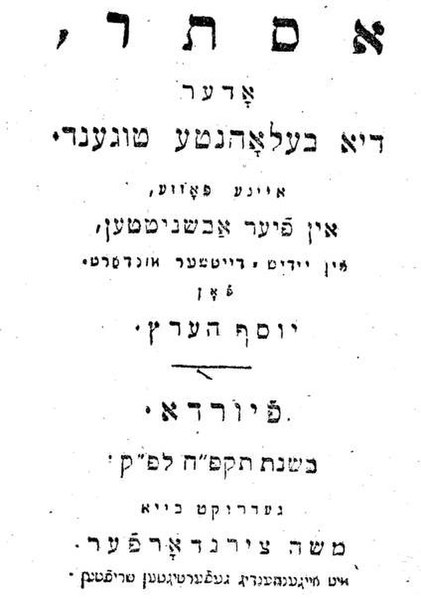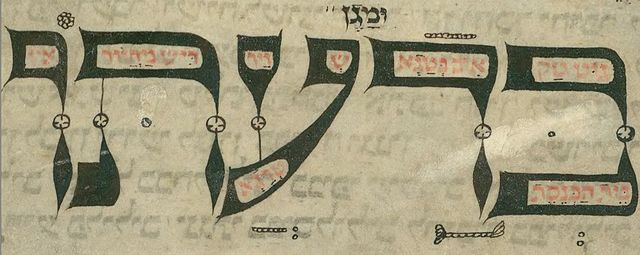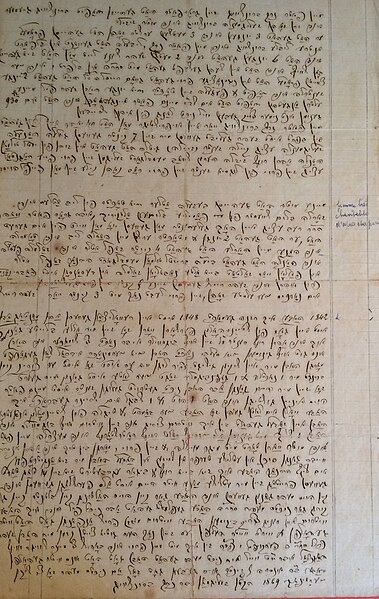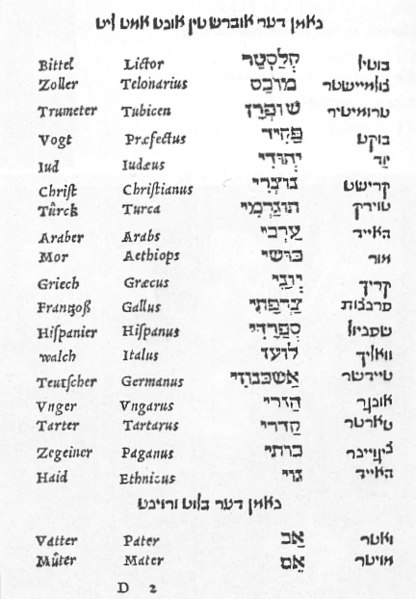Yiddish cinema refers to the Yiddish language film industry which produced some 130 full-length motion pictures and 30 shorts during its heyday from 1911 and 1940. Yiddish film almost disappeared after World War II, due to the Holocaust and the linguistic acculturation of Jewish immigrants, though new pictures are still made sporadically.
A Yiddish-language poster for East Side Sadie, directed by Sidney M. Goldin, 1929.
Yiddish is a West Germanic language historically spoken by Ashkenazi Jews. It originates from 9th century Central Europe, providing the nascent Ashkenazi community with a vernacular based on High German fused with many elements taken from Hebrew and to some extent Aramaic. Most varieties of Yiddish include elements of Slavic languages and the vocabulary contains traces of Romance languages. Yiddish has traditionally been written using the Hebrew alphabet; however, there are variations, including the standardized YIVO orthography that employs the Latin alphabet.
The opening page of the 1828 Yiddish-written Jewish holiday of Purim play Esther, oder die belohnte Tugend from Fürth (by Nürnberg), Bavaria.
The calligraphic segment in the Worms Machzor. The Yiddish text is in red.
The South-West Yiddish account of the life of Seligmann Brunschwig von Dürmenach describes, among other things, the anti-Semitic events of the revolutionary year 1848. In the collection of the Jewish Museum of Switzerland.
A page from the Shemot Devarim (lit. 'Names of Things'), a Yiddish–Hebrew–Latin–German dictionary and thesaurus, published by Elia Levita in 1542





